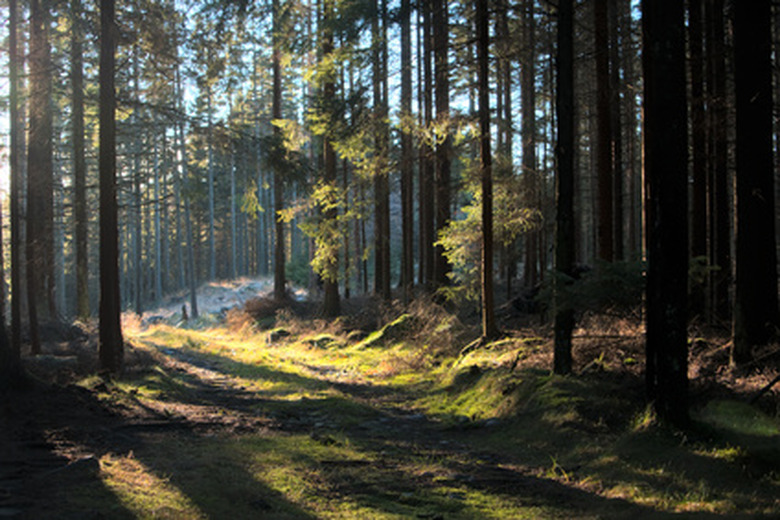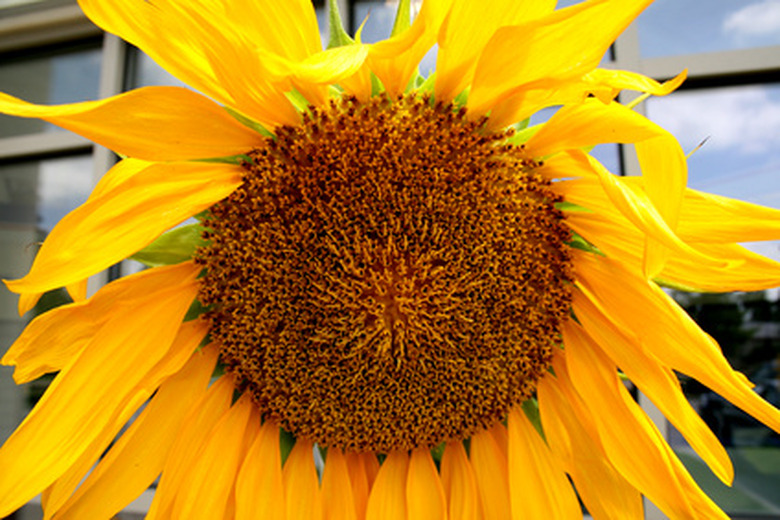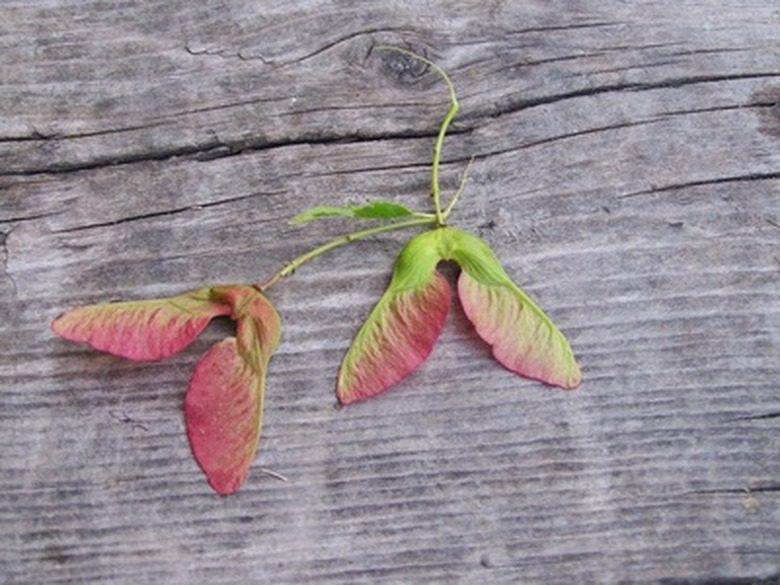The Seven Life Processes Of A Plant
When you think of life, you probably think of animal life: running, hiding, breathing and feeding. Plant life, in comparison, takes such different forms that it can become challenging to understand how plants carry out the seven processes that define life. Closely observing plant life reveals sometimes surprising connections to our own existences.
When you think of life, you probably think of animal life: running, hiding, breathing and feeding. Plant life, in comparison, takes such different forms that it can become challenging to understand how plants carry out the seven processes that define life. Closely observing plant life reveals sometimes surprising connections to our own existences.
Movement
The name "plant" implies an organism planted in place and unable to move. Plants do respond to their environments through movement, however subtle compared with the movements of animals. Phototropism is a process by which plants grow toward the light. Some plants lift and drop their leaves depending on the time of the day in order to maximize photosynthesis and minimize water loss. In the Arctic, where plants must make their best use of a short growing season, flowers turn to follow the sun.
- When you think of life, you probably think of animal life: running, hiding, breathing and feeding.
- In the Arctic, where plants must make their best use of a short growing season, flowers turn to follow the sun.
Sensitivity
As their patterns of movement imply, plants are aware of and respond to their environment. In "The Secret Life of Plants," authors Peter Tompkins and Christopher Bird argue that plants respond to their environments more than we know. In plant communities, for example, plants will send out natural pesticides to help a neighbor afflicted by insects. In the garden, you can observe plants' awareness of their environment when clematis or bean plants will grow toward and climb a trellis.
Nutrition
Plants are primary producers, meaning that they convert energy from the sun into stored chemical energy–sugar–usable by life on Earth. Through photosynthesis, plants support not only their own lives but those of every other organism higher on the food web. They also draw mineral nutrients from the soil through their roots and use them to support growth and metabolic processes.
- As their patterns of movement imply, plants are aware of and respond to their environment.
- Through photosynthesis, plants support not only their own lives but those of every other organism higher on the food web.
Excretion
The production of oxygen is another essential function of photosynthesis. Plants take in carbon dioxide and excrete oxygen through special structures called stomata, located on the undersides of leaves. Stomata act as gates, opening and shutting as the plant takes in carbon dioxide and excretes oxygen. Plants also lose water through their stomata.
Respiration
Respiration couples with photosynthesis to produce energy the plant needs to carry out its life functions. The Oregon State University Extension describes photosynthesis as a process of building up–using sunlight to produce sugars–and respiration as a process of breaking down, as the plant draws energy from those sugars in a chemical process similar to what happens when burning wood to produce heat.
Reproduction
Plants reproduce through many methods depending on species and condition. The simplest plants, mosses, reproduce using spores, as do ferns, requiring water to conduct male cells to the female cells. As plants evolved, they began to develop seeds to provide protection to the embryonic plant and to aid in dispersal.
- The production of oxygen is another essential function of photosynthesis.
- Respiration couples with photosynthesis to produce energy the plant needs to carry out its life functions.
Growth
Looking at a lawn after a day of rain followed by a day of sun can reveal plants' extraordinary capacity for growth. Even a massive sequoia tree began its life as a tiny two-leafed embryo tucked inside of a seed. Some species, such as bamboo, can grow 1 foot per day or faster.
References
- Science Clarified: Phototropism
- "A Naturalist's Guide to the Arctic"; E.C. Pielou; 1994
- "The Secret Life of Plants"; Peter Tompkins and Christopher Bird; 1974


